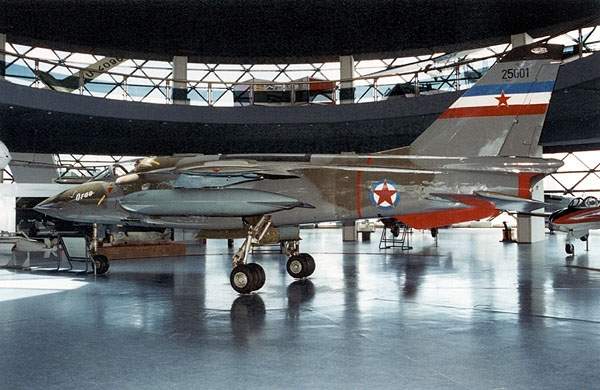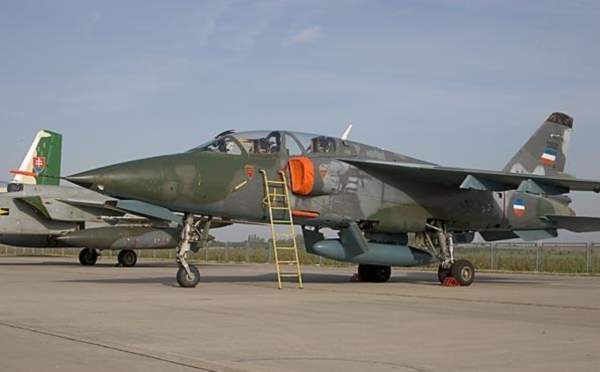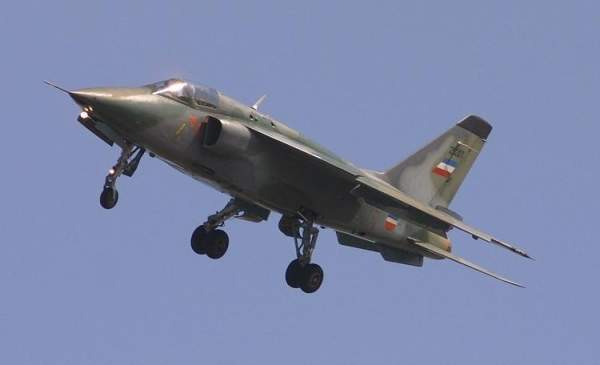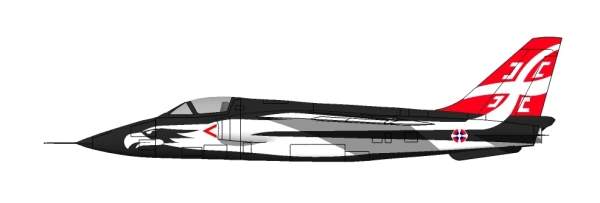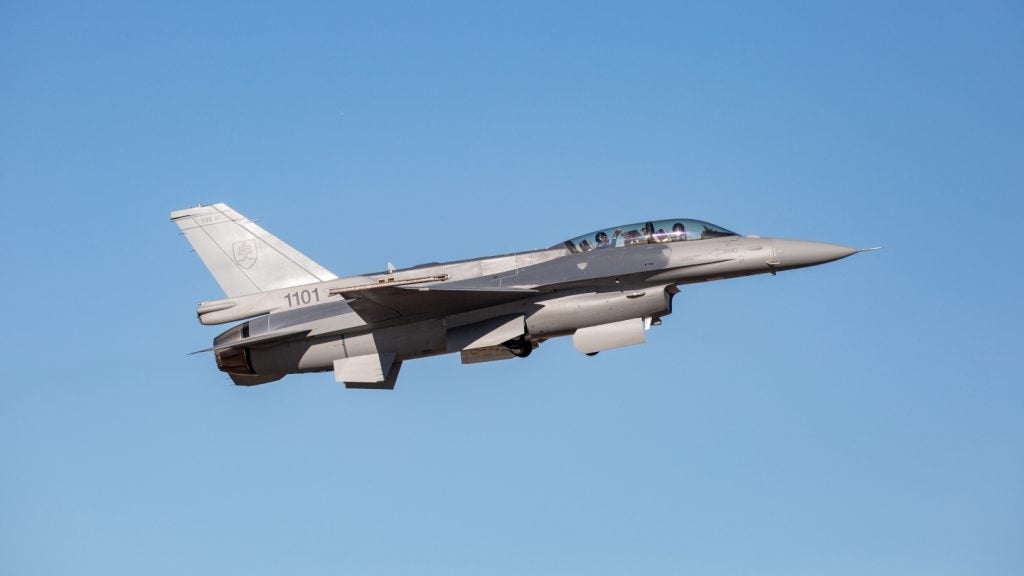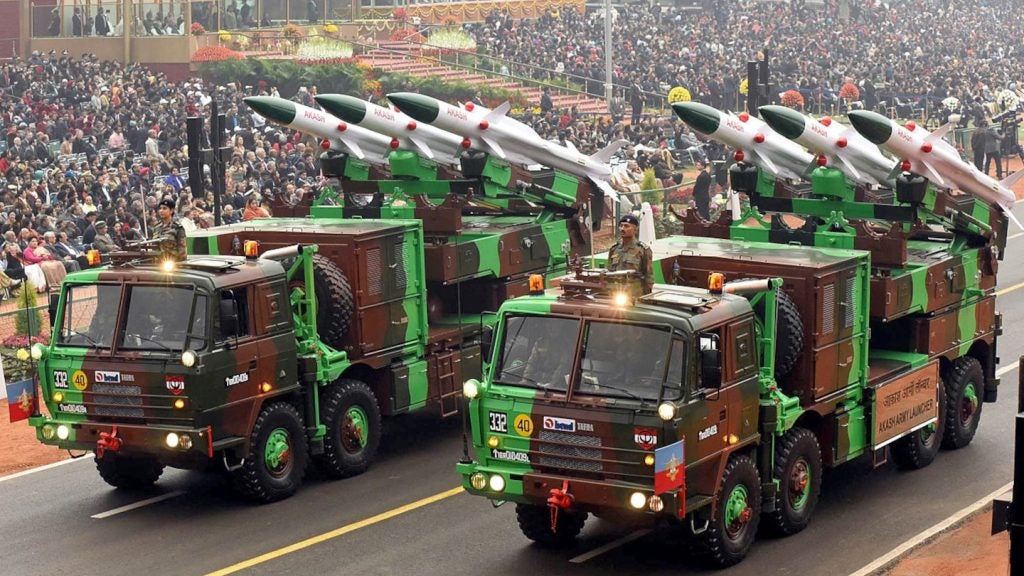J-22 Orao is a single-seat, dual engined, ground attack and tactical reconnaissance aircraft designed and manufactured by the Soko Aircraft Factory of Bosnia and Herzegovina. Soko developed the J-22 Orao in the former Republic of Yugoslavia, while Avioane Craiova built the J-22 under the designation IAR-93 Vultur in Romania.
Approximately 200 J-22 aircraft were built until February 1992.
Variation models of the Soko-built J-22 Orao
The J-22 Orao has four variants, which include the IJ-22 Orao 1, J-22A Orao 1, J-22B Orao 2 and NJ-22 Orao.
The IJ-22 is a pre-production aircraft fitted with non-afterburning engine to carry out tactical reconnaissance missions. The variant is fitted with an electro-optic and infra-red sensors on its centreline pod.
The J-22A Orao 1 is a version of the IAR-93A and is fitted with non-afterburning Viper 632-41R turbojet engines. The variant is a single-seat aircraft and had its maiden flight in October 1983.
The J-22B Orao 2 is an upgraded model of the IAR-93B, fitted with an afterburning propulsion system, internal wing tanks and Thomson CSF head up display.
NJ-22 Orao is a modern two-seater reconnaissance aircraft which was built to execute former Yugoslavian Air Force missions. The variant features an electro-optic sensor and infra-red sensors on its centreline pod to execute tactical reconnaissance operations. Its maiden flight took place in July 1986.
Development of the ground attack and reconnaissance aircraft
The development of the J-22 Orao was proposed in May 1971 with the requirement of the Romanian and former Yugoslavian Air Forces to supersede their obsolete fleet of Soko J-21 Jastrebs and the Republic F-84 Thunderjets. The aircraft was built under a joint Yugoslavian-Romanian (YuRom) project.
The maiden flight of the J-22 prototype (single-seater) took place in November 1974 from Batajnica Air Base in Belgrade. A pre-production two-seater aircraft completed its first flight in July 1977, but was lost due to tail flutter problems.
The initial batch of pre-production aircraft was delivered to the Air Force Aircraft Flight Testing Facility in 1978. The production of IAR-93 and J-22 series aircraft commenced in 1979 and 1980 respectively. The first J-22 production aircraft achieved more than Mach 1 speeds in November 1984.
The production in the former Yugoslavian Republic was terminated due to the breakdown of Mostar Factory in 1992. The Serbian Air Force currently operates 33 Oraos (including 16 J-22, seven NJ-22s, eight IJ-22s and two INJ-22s). The aircraft are expected to remain in service with Serbia until 2016.
Design of the Soko J-22 Orao ground attack and reconnaissance aircraft
The J-22 has a conventional high wing monoplane design and is fitted with swept flying surfaces. It can operate on unprepared airstrips, semi-prepared airfields and dirt runways.
The aircraft was designed to carry out close air support, ground attack and tactical reconnaissance missions with limited air-defence capability.
Cockpit onboard
The J-22 features a glass cockpit enclosed by a single-piece bubble shaped canopy which opens sideways. The cockpit can accommodate either one or two crew members depending on the variant / model. It is fitted with a Thomson-CSF VE-120T head up display, Iskra SO-1 radar warning receiver, SGP500 twin-gyro platform and P10-65-13 jammer pod.
Armaments and weaponry of the single-seat, dual engined aircraft
The J-22 Orao is armed with two 23mm GSh-23L dual barrel cannons which can fire munitions at the rate of 200 rounds a minute.
The aircraft has five hardpoints, of which four are located under the wings and one beneath the centreline fuselage section. It can conciliate 2,800kg of payload.
Other armaments hinged include AGM-65 Maverick TV guided air to surface missiles or Grom-1 Radio-guided air to ground missiles, air to air missiles, BL-755 cluster bombs, MK series bombs, matra durandal anti-runway bombs, weapon dispensers, napalm tanks, rocket launcher pods and a 1,500 litre drop tank.
The J-22 is powered by two Rolls-Royce Viper 633-47 turbojet engines rated at 17.79kN of dry thrust each. The thrust with afterburner of the engine is 22.24kN each.
The engine was designed and developed by Armstrong Siddeley and Rolls-Royce. It is equipped with a seven stage axial compressor, annular combustors and a single-stage turbine.
The engine is 1.62m long and has a diameter of 0.96m. The dry weight of the engine is 249kg.
Performance of the Soko J-22 Orao
The J-22 can climb at the rate of 89m/s. The maximum and stall speeds of the aircraft are 1,130km/h and 185km/h respectively. The combat radius is 522km. The ferry range and service ceiling are 1,320km and 15,000m respectively.
The Global Military Aircraft Market 2011-2021
This project forms part of our recent analysis and forecasts of the global Military Aircraft market available from our business information platform Strategic Defence Intelligence. For more information click here or contact us: EMEA: +44 20 7936 6783; Americas: +1 415 439 4914; Asia Pacific: +61 2 9947 9709 or via email.

